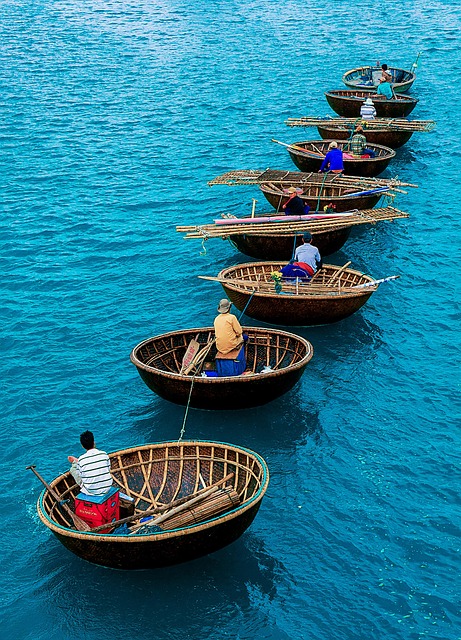Lakeside picnic areas, often overlooked beyond their recreational value, are vital ecosystems that support diverse wildlife through providing feeding and breeding grounds near water bodies. These spaces, part of river corridors, enhance biodiversity and facilitate animal movement. Effective management and restoration projects along these corridors ensure human-wildlife coexistence, balance, and the long-term survival of numerous species while offering scenic Lakeside picnic areas for community enjoyment.
Explore the intricate web of life that thrives along river corridors, where water meets land. This article delves into the ecological significance of these dynamic ecosystems, highlighting their diverse habitats and crucial role in wildlife conservation. From the serene beauty of lakeside picnic areas to the bustling riverine habitats, we examine strategies for enhancing biodiversity through corridor management. Balancing human recreation with wildlife needs, successful restoration projects offer hope for harmonious coexistence. Discover how thoughtful planning can preserve these precious natural spaces.
- Understanding River Corridors and Their Ecological Significance
- The Role of Lakeside Picnic Areas in Wildlife Conservation
- Diverse Habitats within Riverine Ecosystems
- Enhancing Biodiversity through Corridor Management
- Human-Wildlife Coexistence: Challenges and Opportunities
- Case Studies: Successful Restoration Projects Along River Corridors
Understanding River Corridors and Their Ecological Significance
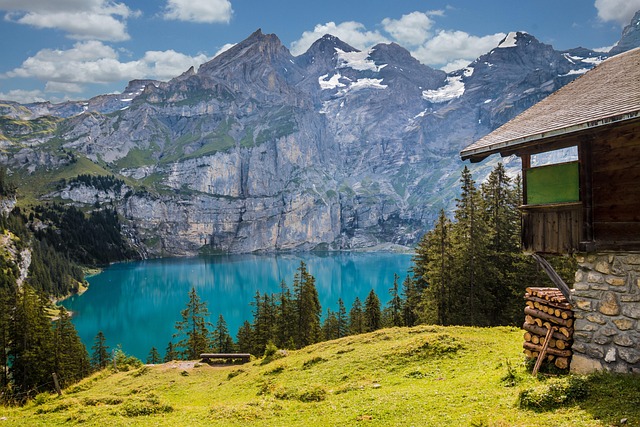
River corridors are vital lifelines for diverse wildlife, connecting ecosystems and facilitating the movement of animals across landscapes. These waterways not only provide fresh water but also create unique habitats that support a multitude of species, from fish and birds to mammals and plants. Understanding the ecological significance of river corridors is crucial in preserving biodiversity and maintaining the health of our natural environments.
Lakeside picnic areas, for instance, are not just recreational spots for humans but can serve as important resting grounds and feeding zones for birds and other wildlife. The surrounding riparian zones, rich in vegetation, offer shelter and breeding sites for various organisms. By recognizing and protecting these river corridors, we enable the sustainable coexistence of human activities and wildlife habitats, ensuring a harmonious balance in the natural world.
The Role of Lakeside Picnic Areas in Wildlife Conservation
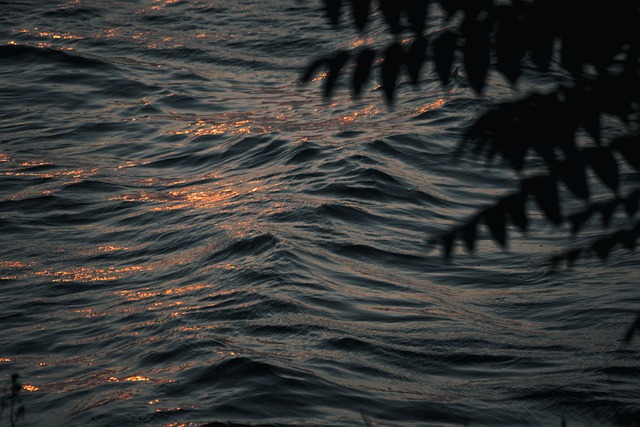
Lakeside picnic areas, nestled along river corridors, play a crucial role in wildlife conservation efforts. These spaces, often overlooked as mere recreational spots, serve as vital habitats for diverse species. The proximity to water bodies provides an abundance of resources, from aquatic food sources to breeding grounds, making these areas attractive to various wildlife. Birds, mammals, and reptiles find shelter and sustenance, contributing to a thriving ecosystem.
Moreover, well-managed lakeside picnic areas can enhance biodiversity by facilitating the movement of animals along river corridors. They offer rest stops and refueling points for migratory birds, while also providing critical habitats for resident species. By incorporating native vegetation and minimizing human disturbance, these areas can become oases of tranquility for wildlife, fostering a delicate balance between human enjoyment and conservation.
Diverse Habitats within Riverine Ecosystems
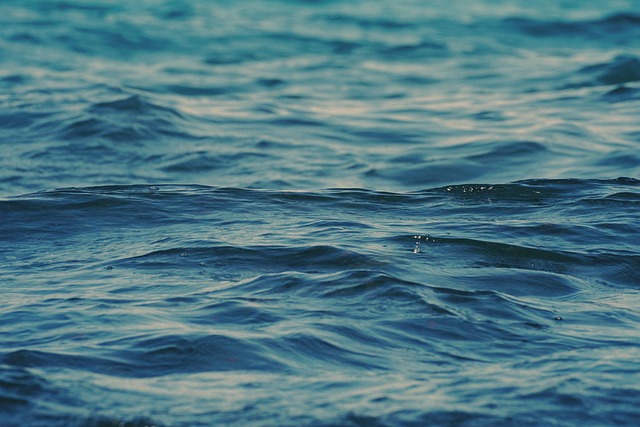
River corridors are fascinating landscapes that offer a unique blend of diverse habitats, each catering to different species and ecological needs. From the banks of gentle rivers to the swift currents, these waterways create a dynamic environment supporting a wide array of flora and fauna. One of the most scenic and popular habitats is the Lakeside picnic area, where lush greenery meets serene water, providing an ideal setting for both wildlife and humans to enjoy.
These lakefront areas are not only visually appealing but also serve as crucial breeding grounds and rest stops for various bird species, fish, and other aquatic creatures. The surrounding riverine vegetation, including trees, shrubs, and marshland, forms a protective barrier, offering shade, shelter, and abundant food sources. This intricate web of habitats within river corridors ensures the sustenance and diversity of numerous ecosystems, making them vital for both conservation efforts and recreational activities like birdwatching and fishing.
Enhancing Biodiversity through Corridor Management

Wildlife habitats along river corridors play a vital role in enhancing biodiversity, and effective corridor management is key to preserving this rich ecosystem. By maintaining and restoring natural connections between isolated habitats, we enable species to move freely, access necessary resources, and foster genetic diversity. This is especially important in fragmented landscapes where many species face declining populations due to limited mobility.
Corridors, such as those formed by rivers, provide safe passage for animals, ensuring they can migrate, find new territories, and access diverse food sources. Additionally, these corridors often include valuable habitats like Lakeside picnic areas, which serve as vital resting spots and feeding grounds for birds and other wildlife. Implementing management strategies that protect and enhance these riverine corridors is crucial for maintaining the intricate balance of nature and promoting the long-term survival of numerous species.
Human-Wildlife Coexistence: Challenges and Opportunities
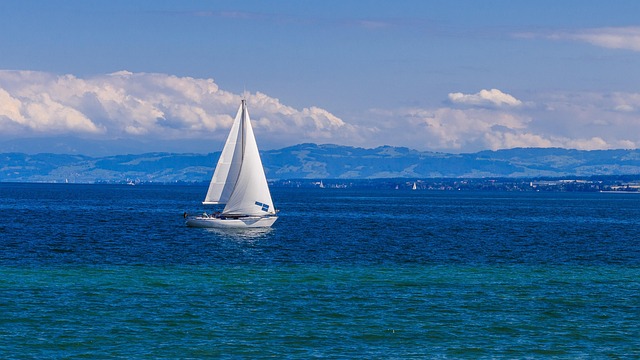
Human-wildlife coexistence along river corridors presents both challenges and opportunities. As development encroaches on these natural spaces, wildlife habitats are fragmented, leading to increased human-animal conflict. For instance, riverside parks and lakeside picnic areas can attract a variety of species, but they also serve as convenient access points for urban dwellers, causing animals to become accustomed to human presence and potentially daring closer to residential areas.
However, these situations also offer opportunities for enhanced environmental awareness and conservation efforts. By fostering a deeper understanding of local wildlife, communities can implement strategies that promote peaceful coexistence. This includes proper waste management, secure fencing, and even the intentional design of public spaces that support both human recreation and wildlife needs, such as incorporating natural buffers and green corridors along riverbanks.
Case Studies: Successful Restoration Projects Along River Corridors
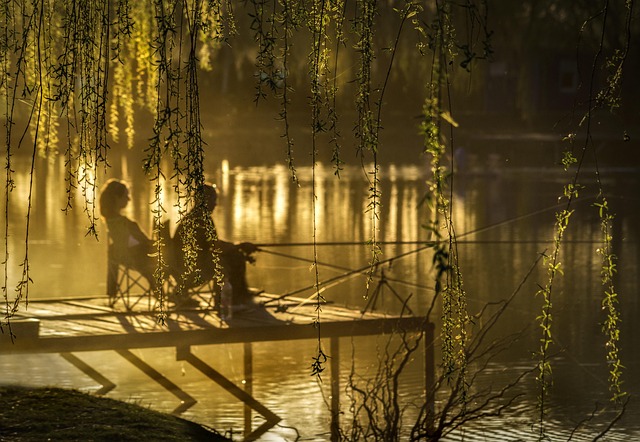
Successful restoration projects along river corridors have shown remarkable results, enhancing biodiversity and improving ecosystem health. One notable example is the restoration of the Riverside Reserve in urban areas, where former industrial sites were transformed into lush green spaces with diverse vegetation and water features. This project involved creating interconnected riparian zones, reintroducing native plant species, and implementing sustainable drainage practices. The result was a thriving habitat for various wildlife, including birds, fish, and small mammals, while also offering residents scenic Lakeside picnic areas for community engagement.
Another successful case study is the river corridor rehabilitation in rural regions, where extensive bank stabilization measures were taken to prevent erosion. By using natural materials like native grasses and shrubs, these projects not only restored ecological balance but also enhanced water quality. The restoration efforts allowed for the return of rare aquatic species and improved fish migration patterns, demonstrating the positive impact on both terrestrial and aquatic ecosystems. These successful models provide valuable insights into the potential of river corridor restoration, highlighting the benefits for wildlife habitats as well as human recreation areas like Lakeside picnic spots.
